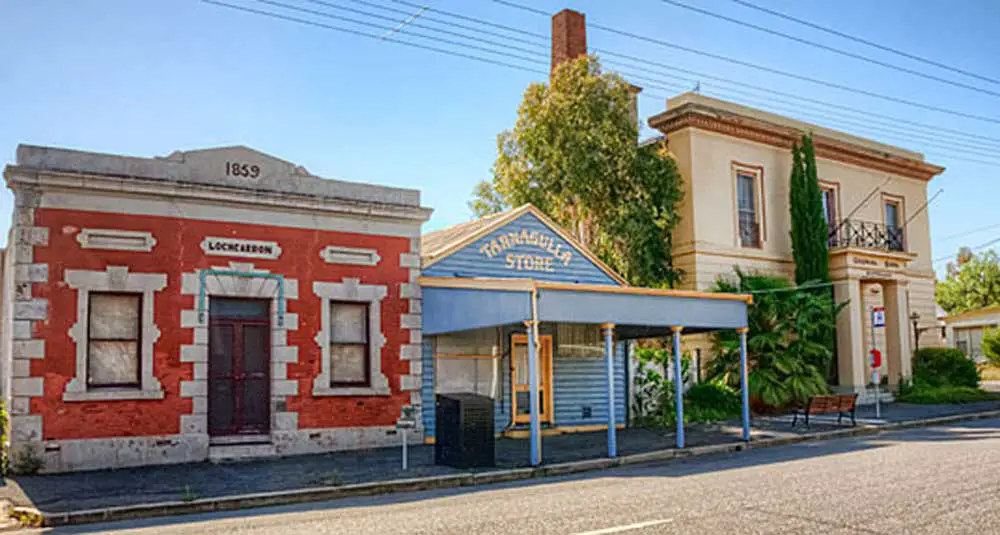The ghost towns detailed here are significant examples but not all the examples of the ghost towns in Australia. They have been included either for their historic significance, or because they have other significance which is detailed in the text.
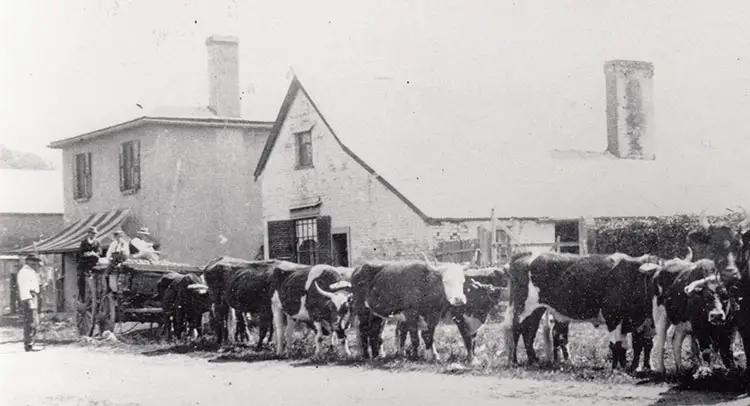
Green Valley (NSW central west)
A goldmining town near Hill End that was in its heyday from 1850s to 1870s. Initially, mining was alluvial, then reef mining. The town once had five pubs, a butcher etc all along a central main street similar to the towns of America’s old west. It is not on private land.

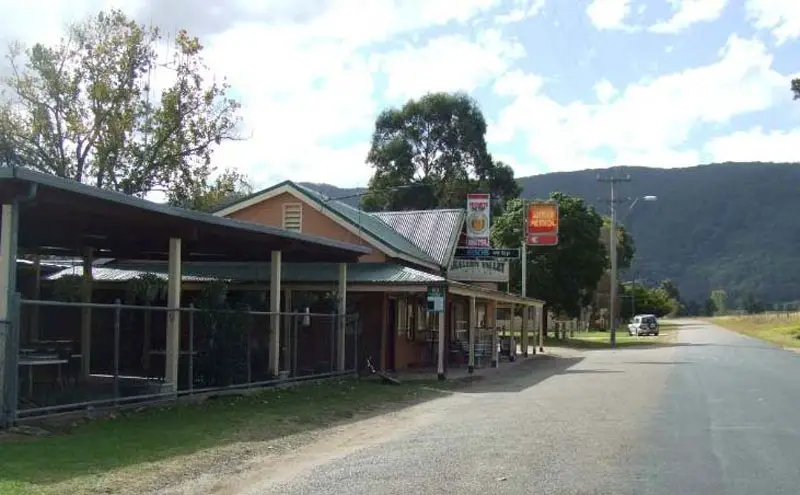
Araluen (NSW Southern)
Located 318 km from Sydney via Goulburn and 364 km via the Princes Highway, Araluen is one of the most famous gold towns in New South Wales. Located in the heart of the Southern Tablelands, today it is little more than a few buildings in a beautiful valley noted for its orchards. The first Europeans into the area arrived in 1822 and by the end of the decade the area had been accurately mapped. Andrew Badgery was grazing cattle in the area by the 1830s and by 1837 Henry Clay Burnell had purchased 1280 acres for £265. Inevitably the goldrushes of the late 1840s disrupted the area with labourers rushing to the Bathurst area hoping to find their fortune.

A goldmining town near Hill End that was in its heyday from 1850s to 1870s. Initially, mining was alluvial, then reef mining. The town once had five pubs, a butcher etc all along a central main street similar to the towns of America’s old west. It is not on private land.


Located 318 km from Sydney via Goulburn and 364 km via the Princes Highway, Araluen is one of the most famous gold towns in New South Wales. Located in the heart of the Southern Tablelands, today it is little more than a few buildings in a beautiful valley noted for its orchards. The first Europeans into the area arrived in 1822 and by the end of the decade the area had been accurately mapped. Andrew Badgery was grazing cattle in the area by the 1830s and by 1837 Henry Clay Burnell had purchased 1280 acres for £265. Inevitably the goldrushes of the late 1840s disrupted the area with labourers rushing to the Bathurst area hoping to find their fortune.
- More
- More
- More
- More
- More
- More
- More

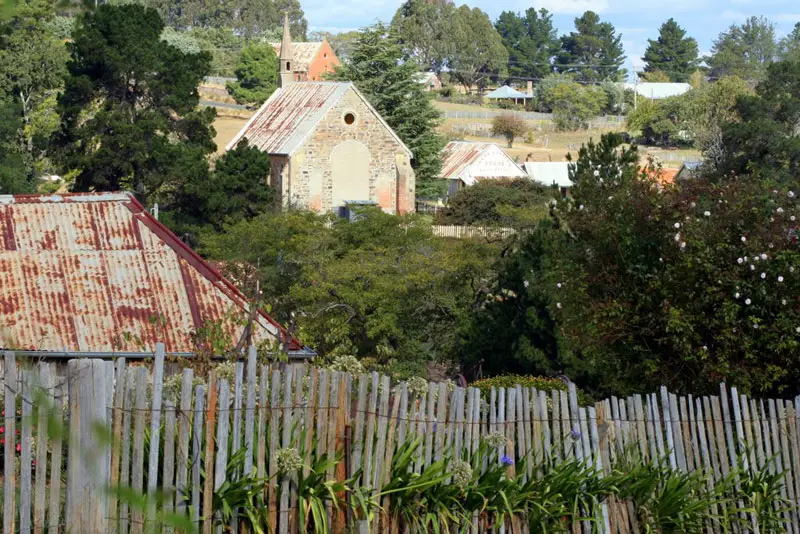
The historic village of Hill End and the surrounding territory has a history as rich as the gold that was found there well over one hundred years ago. Alluvial gold was discovered at Hill End in 1851, and there were 150 miners on the site within a month. The first stamper battery in Australia was set up around 1856 by the ‘Old Company’ which employed Cornish equipment and miners. This stamper battery was located near the township of Tambaroora (5 km to the north of present-day Hill End), reinforcing Tambaroora’s position as the major settlement. Initially it was a sizeable town, but was soon superceded by neighbouring Hill End which initially had been a suburb of Tambaroora. The town had a large Chinese and Greek community, amongst people of many nations.

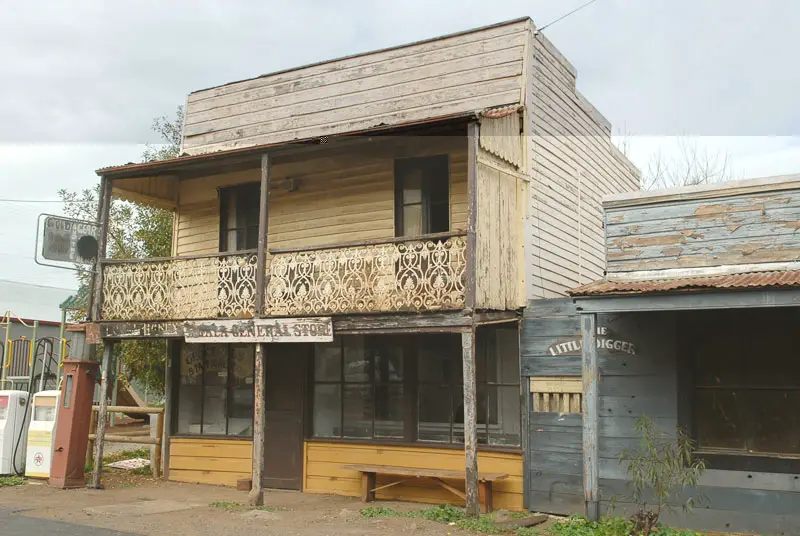
Nestling in the lovely hills of the Turon River valley is Sofala, the oldest gold town in Australia. Settled only three weeks after the first official gold strike at Ophir, Sofala swelled to a peak population 40 000. Today it has contracted to a rustic village of around 100 people. The surrounding district is primarily superfine wool farms. Each farm has many relics and remnants of the goldrush. boasting 7km of the original Cobb & Co coach road to Hill End, O’Reilly’s extensive underground mines, Chinamans creek alluvial diggings, water races, old shanty huts and a wealth of unspoiled history.

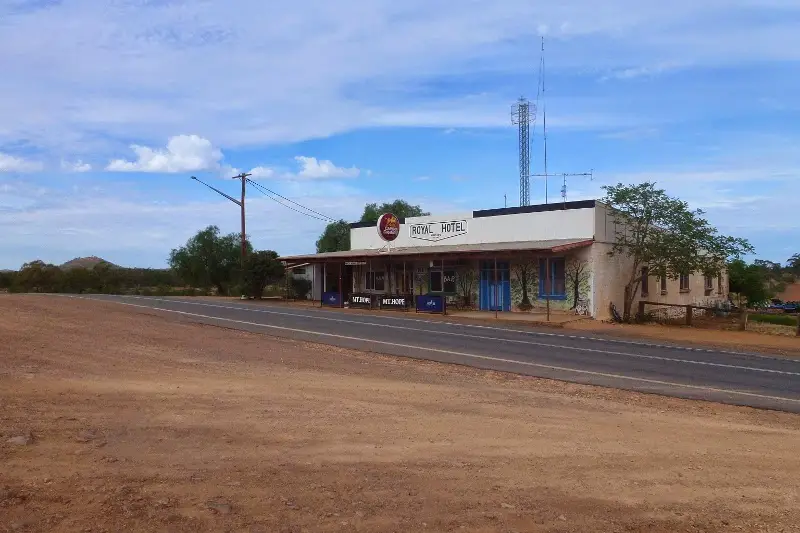
Situated between Cobar and Hillston in Outback NSW, Mount Hope is one of Australia’s copper mining ghost towns, with a population of 11, the hotel being the main focal point for the town. First licensed in 1881, Mount Hope Pub offers travellers a refreshing break from driving along the newly created tourist route, the Kidman Way.

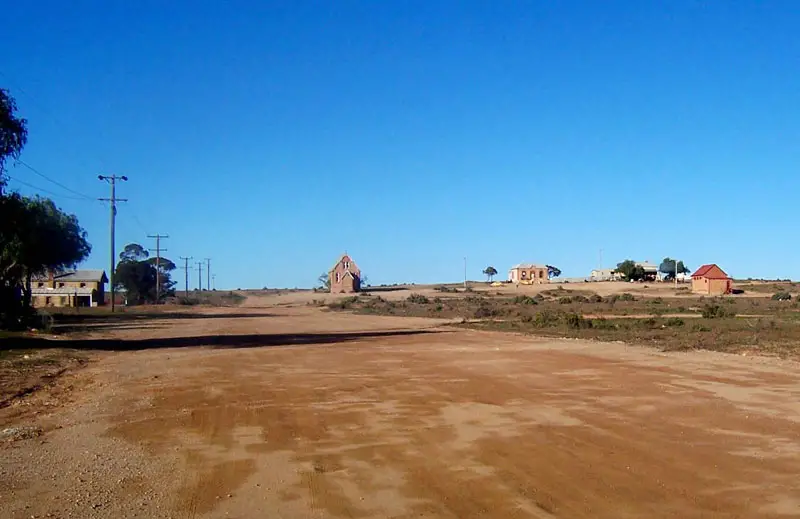
Situated 25km north-west of Broken Hill, this once thriving community of over 3000 is now a ghost town. The gaol, which closed in 1943 has been restored as a museum and houses many interesting relics from the past. Resolutely defying the stark desert landscape that threatens to swallow it, Silverton is a popular place for film-makers, having been the location for Mad Max 2, A Town Like Alice and Razorback.

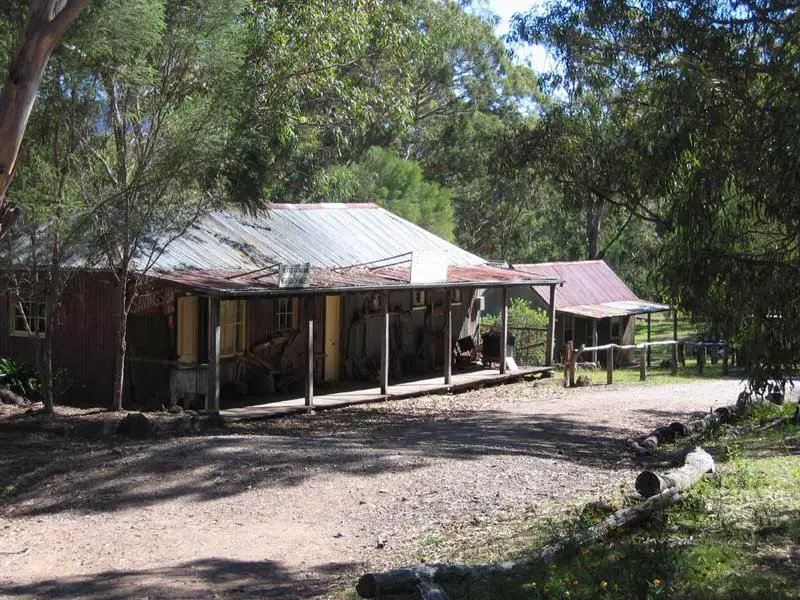
Yerranderie was a silver and lead mining town from late in the 19th Century to about 1950 but is now a ‘ghost town’ with a fascinating story of considerable heritage significance and tourist interest. The old town is less than 100 kilometres from the Sydney GPO, yet it is probably as remote as any other mountain village in Australia. Set in a remote section of the the foothills of the Blue Mountains, Yerranderie is now a historic township which is privately owned. Valerie Lhuede has lovingly worked to restore the buildings of the townships with attention to preserving fittings, linen, tools and the genuine feel of the old days. The old mine sites can be fossicked and explored freely, there are lovely walks and swimming holes and kangaroos, emus, lace monitors and even wombats will surround you. 4WD may be necessary to reach Yerranderie.

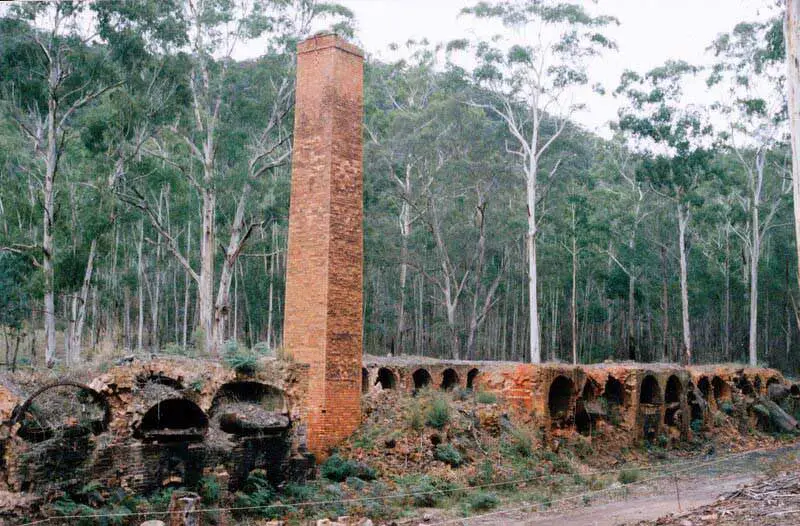
Located 31 km north-west of Mittagong in an isolated valley is the historic village of Joadja. The remains of the old buildings can still be seen, including the miner’s cottages, a schoolhouse, a church, a cemetery and shale ovens for the refinement of kerosene, which have a World Heritage listing. Edward Carter began mining in 1874. The shale was excavated and heated in brick retorts to draw off the kerosene, which was then condensed and purified. He sold the produce to the Australian Gas Light Company. The Australian Kerosene Oil and Mineral Company was formed in 1877. They built a refinery, a railway line to Mittagong (which operated from 1880 to 1903) and began to erect a town for their employees. Coal was also mined with railway trucks being hauled up the steep inclines by rope. The post office was closed in 1900 and operations ceased in 1903. The company closed and a fire, which swept through the town, destroyed the plant.

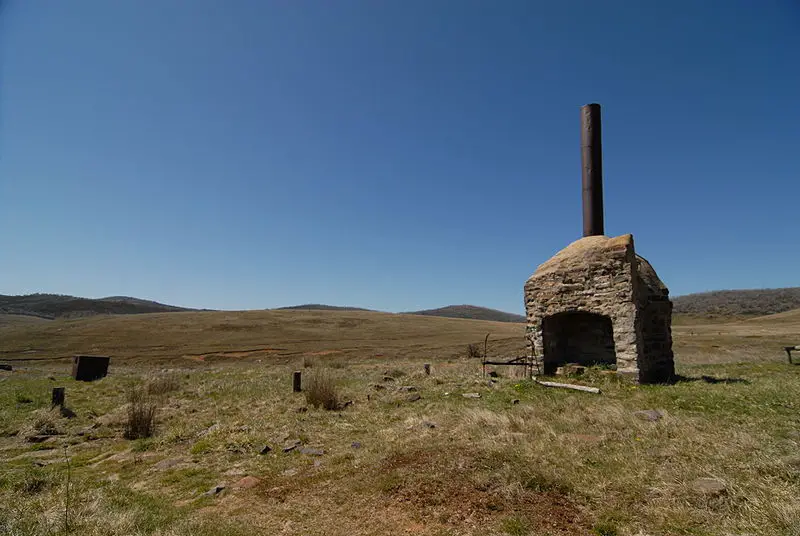
Built on the wave of a goldrush in 1860, the town of Kiandra was once home to thousands of people and survived for 100 years. Although gold was the reason it arose, the town became best known as the birthplace of Australian skiing. Kiandra lies 85kms north-west of Cooma on the scenic Snowy Mountains Highway. Gold was discovered in a creekbed in 1859, and soon 15 hotels and 30 stores stood ready for the rush, which lived up to all expectations. A 9kg nugget was extracted from ancient river deposits under the basalt cap of what became known as New Chum Hill. Although skiing began as a pastime in Kiandra, it soon became an important skill for the townspeople as they came to terms with living in an area that was often isolated by deep snow. The last resident left Kiandra in 1974, after which the National Park and Wildlife Services took over the town and demolished most of its buildings. The area is rich in pioneer history, with relics such as the water races built by the miners and the old cemetery. A self guided heritage walk includes signs on the sites of many of the main buildings to give visitors a sense of Kiandra as it was.








